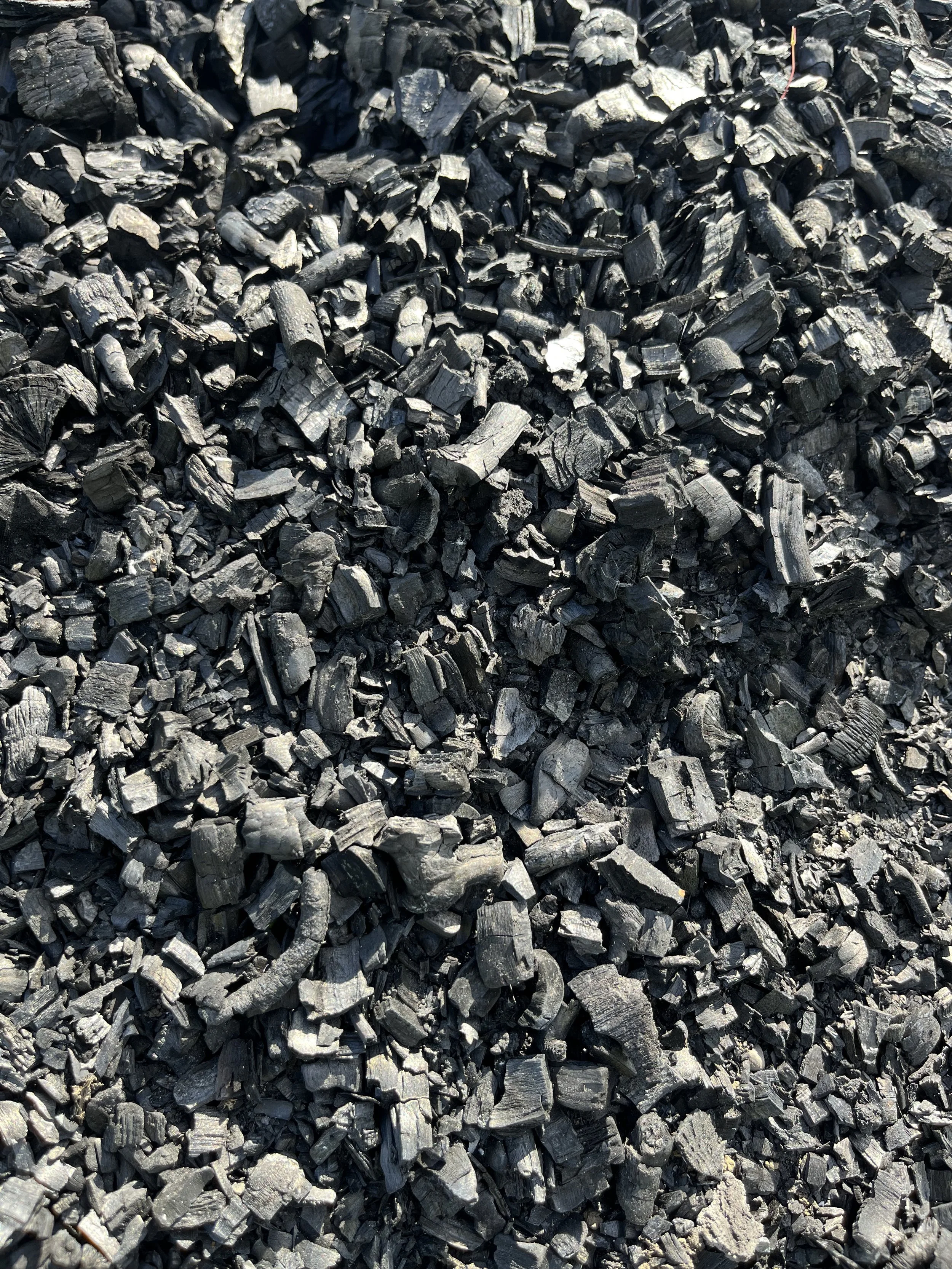Streamside Growth: The Value of Agroforestry
Nature’s Bodyguards
Riparian zones, those vibrant strips of land that hug the edges of waterways, play a crucial role in maintaining the balance between water and soil. These areas support a diverse array of birds, mammals, amphibians, and reptiles. Around the Salish Sea, riparian zones are particularly vital for biodiversity. They act as sanctuaries for many species and protect our watersheds from various threats.
Agroforestry: Cultivating Harmony and Resilience by Our Waterways
Imagine walking through a farm where trees, shrubs, and crops grow harmoniously. This is the promise of agroforestry, a climate resilience solution rooted in science. By integrating trees and shrubs with crops, agroforestry transforms the edges of our water bodies into vibrant ecosystems. This practice revitalizes crucial habitats, sequesters carbon, reduces erosion, and filters pollutants from the water all while making previously unviable land productive.
Local organizations are focusing on specific agroforestry practices to complement riparian buffers, such as:
Forest farming: Growing crops like mushrooms, herbs, and fruits under the canopy of a managed forest.
Food forests: Multi-layered gardens that mimic natural forests, offering a bounty of fruits, nuts, and vegetables while fostering biodiversity.
Alley cropping: Planting rows of crops between rows of trees or shrubs to blend agriculture and forestry benefits seamlessly.
Enhancing the Land with Agroforestry: Insights from Carrie Brausieck
Carrie Brausieck, executive director of Agroforestry Northwest, has been at the forefront of efforts to enhance riparian zones with agroforestry. Agroforestry Northwest, a non-profit led by experts, aims to make Washington State a hub for these innovative practices. This effort involves managing plants along rivers and streams to benefit landowners, communities, and ecosystems. A flexible approach allows for solutions that address climate change, sequester carbon, and adapt to changing conditions.
Carrie explains that her work focuses on "stacking benefits while maintaining some control for farmers." One challenge with agroforestry is the push to remove human activity from the environment. Often, incentives demand a "no touch" approach, which disconnects farmers from their land and impacts their economic viability.
“There is a lot of debate around riparian buffers on private lands. ”
Carrie shares that with riparian forest buffers, landowners are often encouraged to be hands-off. Many private landowners, especially farmers, can have a hard time with that. Carrie emphasizes that this doesn’t have to be the only way to restore these delicate lands. She believes humans have an important role to play: acting as a keystone species in ecosystems. Areas needing rewilding often lack a functioning ecology, giving us the chance to fill these roles during restoration. If we integrate ourselves back into these spaces intentionally, she asserts, we can be a consistent force for good in restoring nature.
Biochar and Agroforestry: The Dream Team for Soil Health
Imagine making this vibrant landscape even richer with biochar, a carbon-rich material derived from organic matter. At Kulshan Carbon Trust, the benefits of biochar are clear. This super-soil amendment acts like a sponge in the soil, soaking up nutrients and water and slowly releasing them to nourish plants. Biochar enhances agroforestry practices by improving soil health and increasing climate resilience.
A recurring theme in this blog series is the importance of collaboration. Conservation districts and carbon trusts play a crucial role in assisting landowners on the path to a brighter, more sustainable future. In our next post, we will explore how these organizations support landowners and contribute to the success of agroforestry projects.

